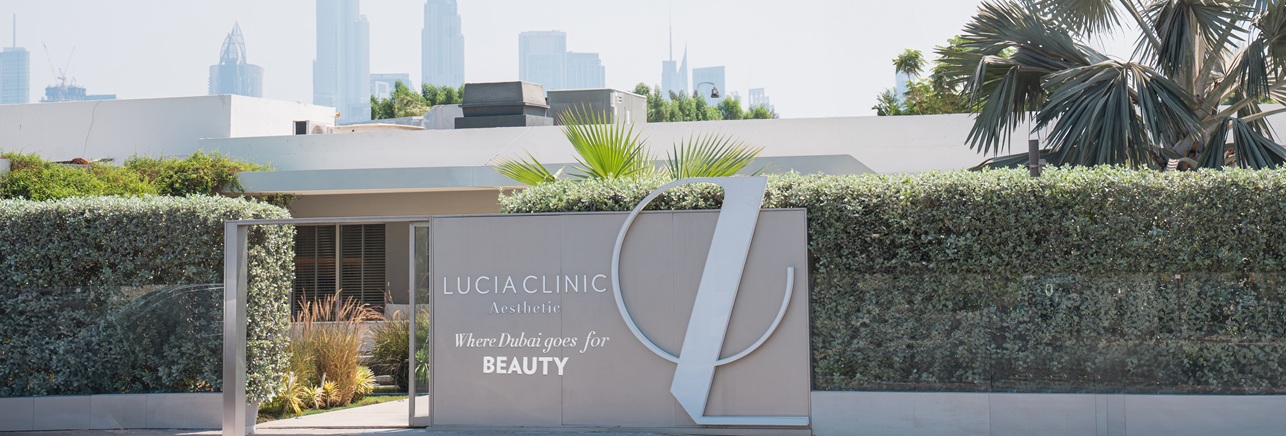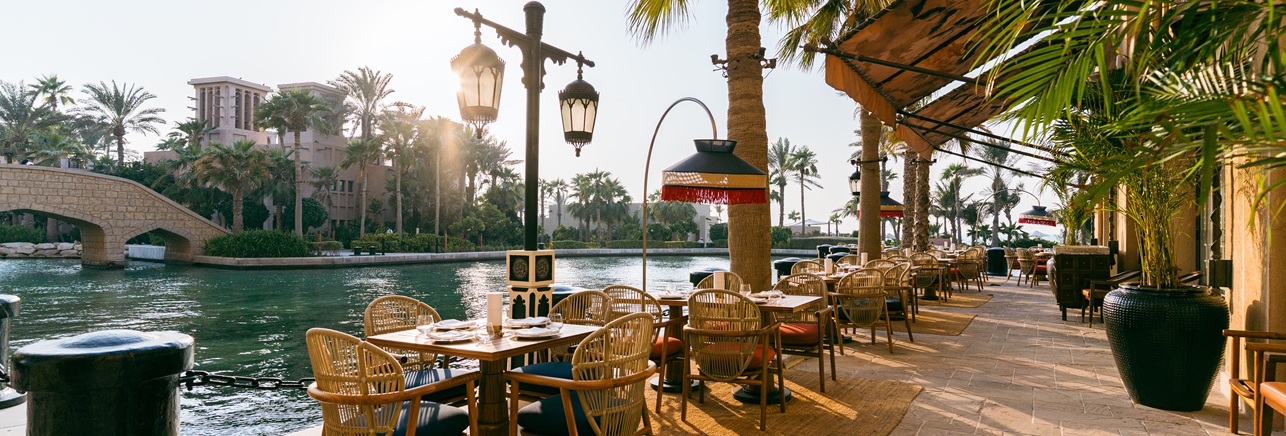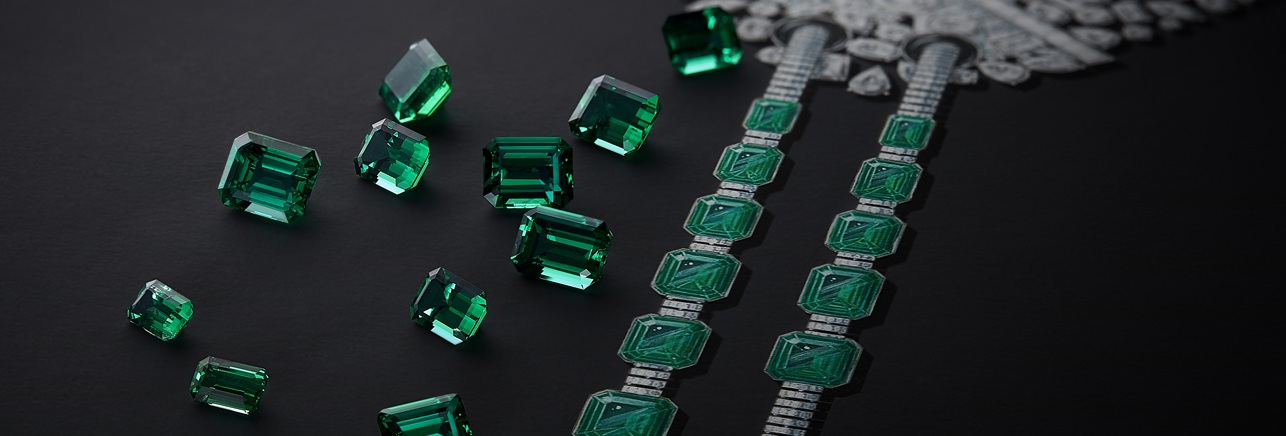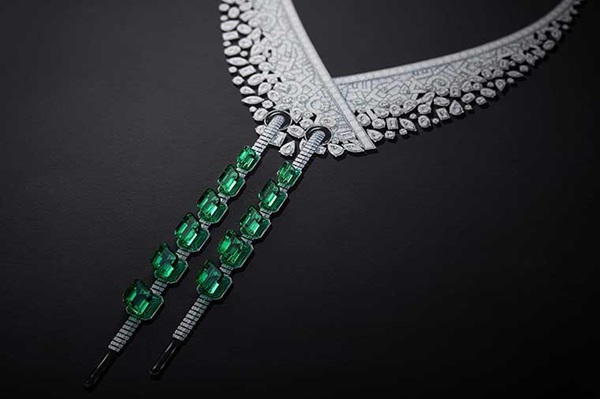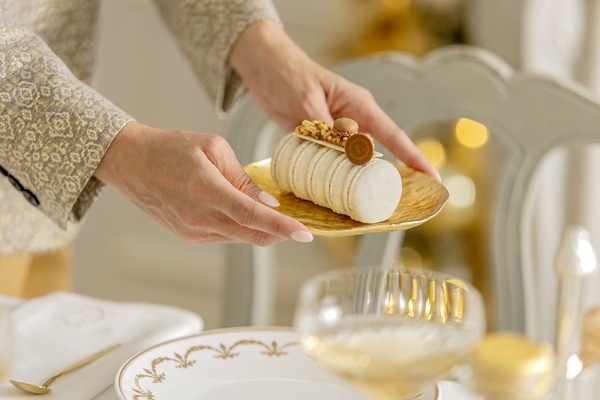Cartier presents its newest high jewellery collection, Magnitude

In an exhibition space at the 180 The Strand building in central London on end of June, Cartier unveiled Magnitude, its latest high jewelry collection. Rich in color and contrasts, the collection centered around unique pairings of precious and semi-precious gemstones that together assert the force of the storied jeweler’s inventive design and creativity, and the “disruptive” presentation style that Cartier’s audience knows well.
The gloom of the rain-beaten June day failed to dampen the enthusiasm of the small army of red-jacketed Cartier “bellboys,” who, armed with umbrellas, welcomed Cartier’s clients and international media to the exclusive show, held in the city’s Temple district. The imposing concrete edifice is one of the city’s more famous examples of Brutalist architecture and a home to gallery spaces, offices, and studios for London’s creatives. “The venue was chosen to break up with classic and conventional locations,” explained a spokesperson for Cartier.
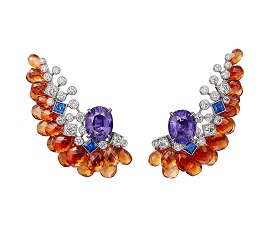 The collection brings to light the natural beauty of semi-precious stones—which Cartier labels “ornamental”—such as rutilated quartz, opal, and lapis lazuli. As a
The collection brings to light the natural beauty of semi-precious stones—which Cartier labels “ornamental”—such as rutilated quartz, opal, and lapis lazuli. As a group, they create a striking, talismanic effect when paired with their precious stone counterparts—like emeralds, colored diamonds, rubies, and sapphires—and punctuated with touches of onyx or encased in rock crystal.
group, they create a striking, talismanic effect when paired with their precious stone counterparts—like emeralds, colored diamonds, rubies, and sapphires—and punctuated with touches of onyx or encased in rock crystal.
Though Magnitude opened with 69 pieces in London, the collection will likely extend to 120 pieces when the show travels to Paris during Couture Week in July and to New York in November.
“This collection echoes a collision of materials and is an example of Cartier’s ability to continuously reinvent itself while staying true to its timeless style,” said Pierre Rainero, the jeweler’s director of image, style, and heritage, who was onsite to present the collection. “The term ‘magnitude’ is defined as the great size or extent of something; the degree of brightness of a star; or, in geology, the force of the movement of the earth. Cartier has used ornamental stones since the early 20th century in its decorative objects.”
At the height of the Art Deco period, Cartier created remarkable clocks and bowls using a panoply of precious and semi-precious stones. The latter, which bear traces of the earth in their irregular coloring and natural veins, later provided the French house with a rich palette of inherently unique materials to work with for its jewelry.
“At Cartier, stones are part of a greater vocabulary that is not limited to just ornamental or precious,” Rainero said. “We transcend that nomenclature by combining them in our designs.”
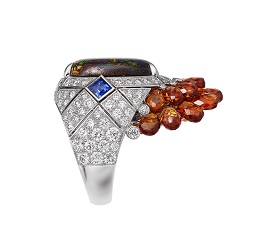 As such, Magnitude itself is more about continuity than disruption. Though little is new about conjugating precious and ornamental stones, this collection revives Cartier’s penchant for creating striking color pairings in what is widely known as “the Cartier style”—famously exemplified by the Tutti Frutti collection of the 1930s. At a time when monochromatic Art Deco jewelry was popular, Cartier was setting sapphires against emeralds, then a rarely-seen combination. It successfully translated Indian Maharajahs’ taste for uncommon color combinations into pieces that Western clients wanted to wear.
As such, Magnitude itself is more about continuity than disruption. Though little is new about conjugating precious and ornamental stones, this collection revives Cartier’s penchant for creating striking color pairings in what is widely known as “the Cartier style”—famously exemplified by the Tutti Frutti collection of the 1930s. At a time when monochromatic Art Deco jewelry was popular, Cartier was setting sapphires against emeralds, then a rarely-seen combination. It successfully translated Indian Maharajahs’ taste for uncommon color combinations into pieces that Western clients wanted to wear.
Still, what is notably new in Magnitude is Cartier’s reference to kinetic art, particularly its emphasis on the play of light against moving objects. This is evidenced, for example, in the unusual carved rock crystal settings used in the Theia necklace, crafted to showcase the brilliance of Colombian emeralds.
“The contrast of colors, the geometry, and the use of transparency in this piece all borrow from the codes of kinetic art, which inspired us to explore new ways of playing with light,” Rainero said.
Other pieces in the collection, while stunning, are less directly art-inspired, even if their color palette do seem painterly. The Équinoxe necklace sets a yellow Ceylon sapphire against large beads of lapis lazuli on a lacy bed of yellow-hued diamonds. The Aphélie necklace, with its central rutilated quartz, is laden with inclusions, creating a natural, earth-tone landscape that is enhanced by other surrounding stones, from white and colored diamonds to morganite beads, coral, and onyx.


